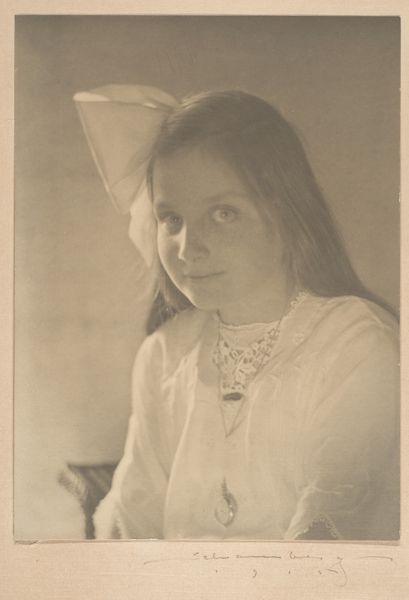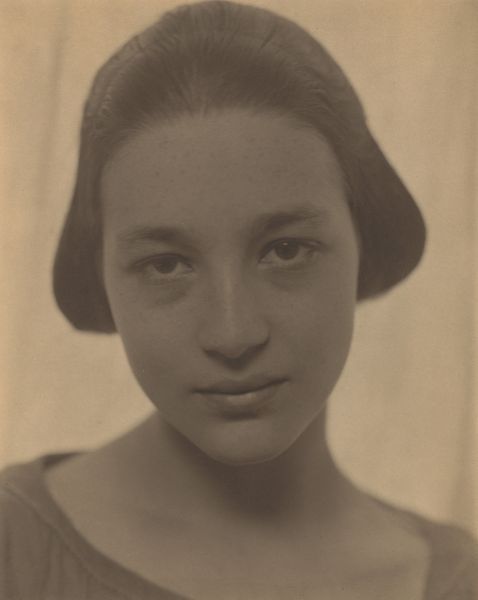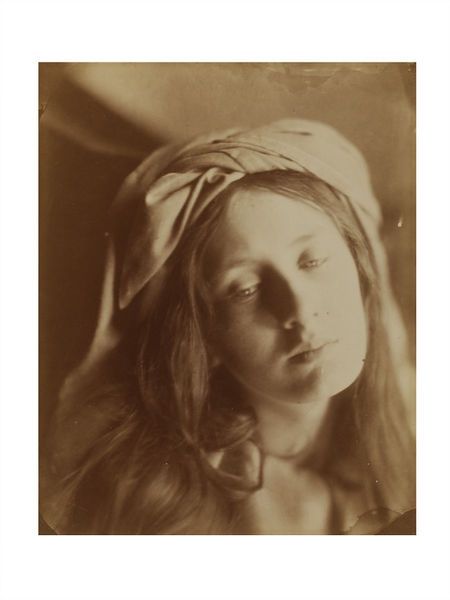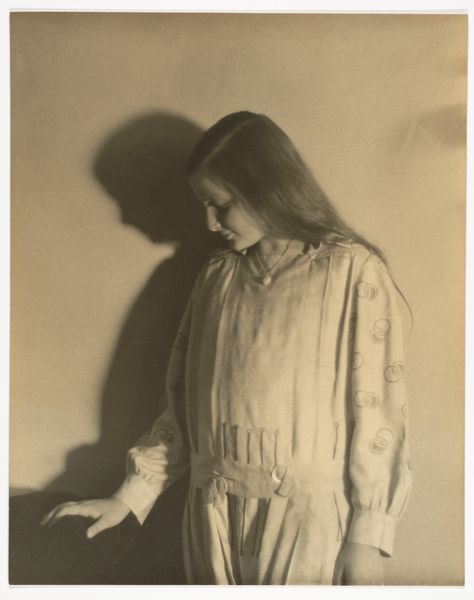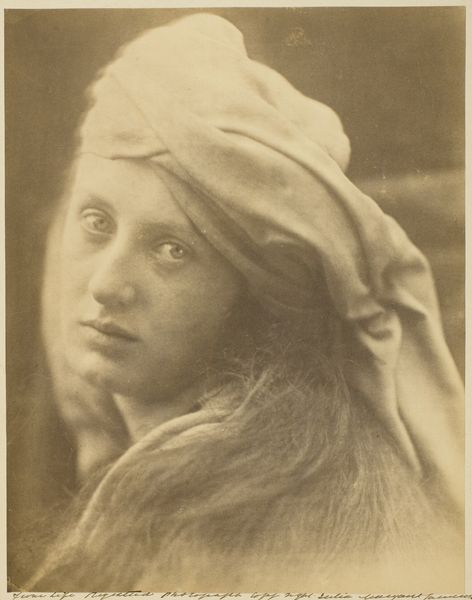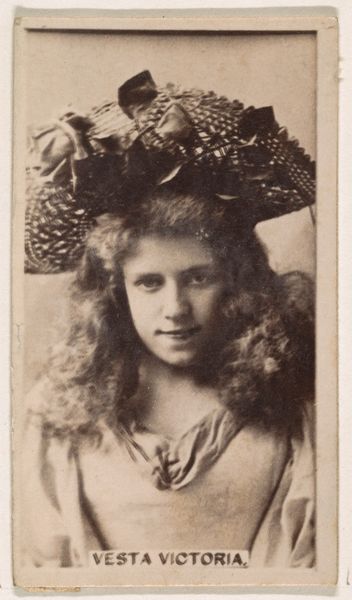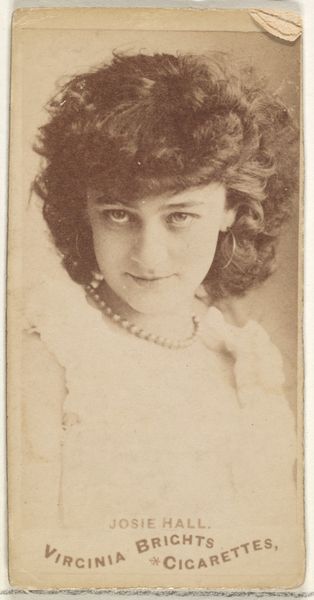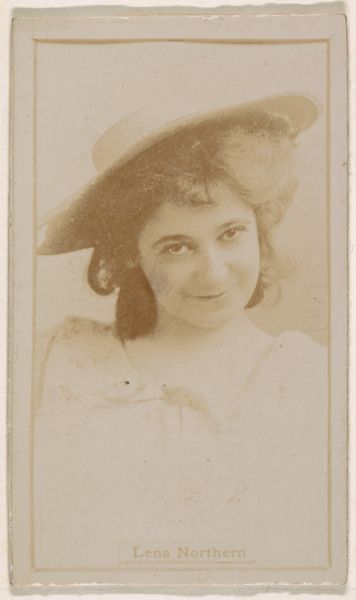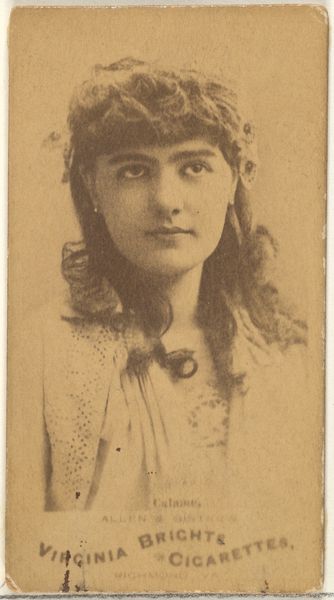
photography, gelatin-silver-print
#
portrait
#
print photography
#
photography
#
historical photography
#
gelatin-silver-print
#
modernism
#
portrait photography
Copyright: Public Domain
Editor: This is "Jeanne," a gelatin-silver print from 1917 by Morton Schamberg. It’s a lovely portrait, almost dreamlike with the soft focus. What catches your eye about this photograph? Curator: I'm drawn to how Schamberg's choice of materials and technique intersect with the sitter's social position. This gelatin-silver print, a relatively accessible medium at the time, suggests a broader audience beyond the elite. The soft focus, however, doesn’t romanticize the subject; instead, it makes the manufacturing process, that very chemical reaction on the paper, much more pronounced to the viewer, does it not? Editor: It does! So you're thinking about the process itself and how that influenced our viewing experience. I hadn’t considered how the widespread adoption of photography influenced the art world at the time. Curator: Exactly. Think about the labor involved: the photographer's technical skill, the accessibility of photographic materials during wartime, and even the social implications of portraiture becoming democratized. That’s where I see this piece's relevance, challenging art hierarchies. Does the rise of mechanical reproduction devalue individual artistic labor? Or, like Schamberg argues, can it become art in and of itself, in dialogue with it's specific material conditions? Editor: It’s fascinating to consider how photography blurred the lines between art and documentation. This photo has really given me a new appreciation for the thought that went into it. Curator: Indeed. And understanding the historical context of materials helps us interpret the artist’s intent. We can then investigate labor relations and how those influenced modernism as a whole.
Comments
No comments
Be the first to comment and join the conversation on the ultimate creative platform.
